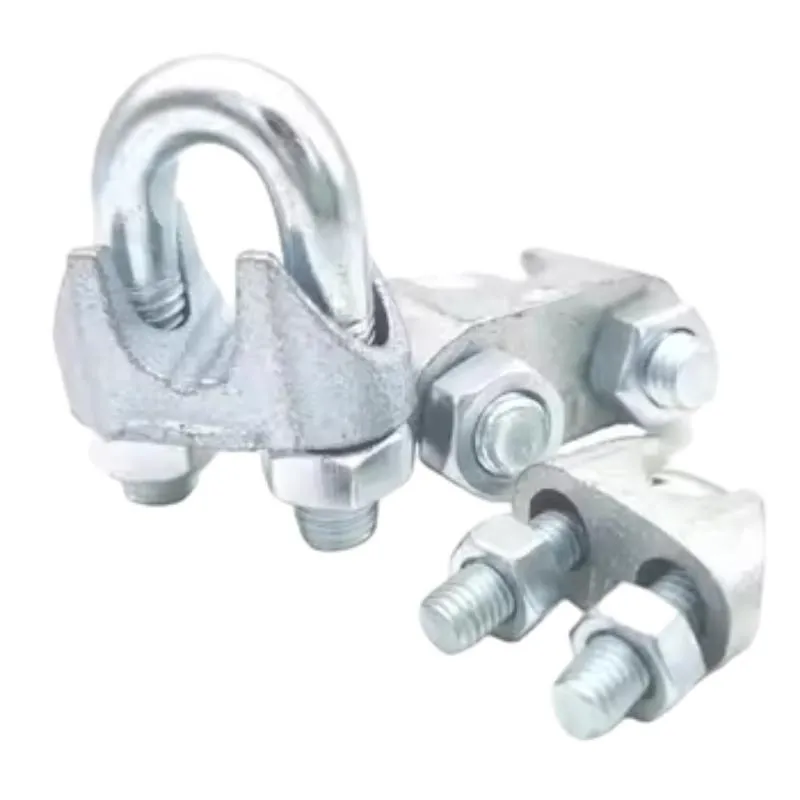Oct . 12, 2024 07:16 Back to list
Understanding Different Sizes of Anchor Rods for Construction Projects
Understanding Anchor Rod Sizes A Comprehensive Guide
Anchor rods are critical components in construction and engineering, serving as essential connectors that provide stability and strength to various structures. They play a crucial role in anchoring equipment, prefabricated structures, and even entire buildings to their foundations. Selecting the appropriate size of anchor rod is vital to ensure optimal performance, safety, and longevity of the structure. In this article, we will explore the various factors influencing anchor rod sizes, common standards, and their applications.
What Are Anchor Rods?
Anchor rods, also known as anchor bolts, are long, threaded rods designed to secure structural elements to concrete foundations. They are typically embedded in the concrete and provide a means to connect various components, such as steel frames, machinery, or precast panels. The design and size of anchor rods must be carefully calculated to withstand not only the static loads but also the dynamic loads that structures may experience.
Factors Influencing Anchor Rod Sizes
1. Load Requirements The primary consideration in determining anchor rod sizes is the loads they must support. This includes both axial loads (vertical forces) and shear loads (horizontal forces). Engineers must calculate the maximum loads the structure will face to select appropriately sized rods.
2. Material Properties Anchor rods are made from various materials, including carbon steel, stainless steel, and alloy steel. Each material has distinct properties regarding tensile strength, corrosion resistance, and ductility. The choice of material will affect the size and type of anchor rod needed for any given application.
3. Embedment Depth The depth to which an anchor rod is embedded in concrete can significantly influence its load capacity. Greater embedment generally increases the rod's capability to resist uplift and shear forces. Engineers must consider the concrete's strength and the rod's length when determining embedment depth.
4. Environmental Conditions The environment in which the anchor rods will be installed is another crucial factor to consider. In corrosive environments, such as marine or chemical exposure areas, selecting rods with higher corrosion resistance or implementing protective coatings becomes essential, which may impact sizing decisions.
anchor rod sizes

5. Building Codes and Standards Many regions adhere to specific building codes and standards governing anchor rod sizes. The American Concrete Institute (ACI) and the American Institute of Steel Construction (AISC) have published guidelines on how to select and design anchor rods based on material properties and load requirements.
Common Anchor Rod Sizes
Anchor rods come in various sizes, typically ranging from ½ inch to 2 inches in diameter. However, custom sizes are also available for specific applications. The length of the rod can range from a few inches to several feet, depending on the requirements of the structure. Standard thread sizes and configurations are often utilized to ensure compatibility with nuts and washers used in construction.
Some common configurations include
- L-shaped Rods Used primarily for anchoring structural elements at an angle. - Straight Rods Typically used in situations where loads are aligned vertically. - Tension and Shear Rods Designed to handle specific load conditions, providing optimal performance under varying forces.
Applications of Anchor Rods
Anchor rods have a wide array of applications across different sectors. In commercial construction, they are used to secure steel columns and framing systems to concrete foundations. In industrial settings, anchor rods can fasten heavy machinery and equipment. Similarly, in residential construction, they ensure stability for structures like decks and porches.
Conclusion
Choosing the right anchor rod size is crucial for the safety and longevity of any structure. Understanding the various factors that influence the selection process, including load requirements, material properties, and environmental factors, is vital for engineers and builders. By adhering to established codes and standards, construction professionals can ensure that their projects not only meet safety requirements but also stand the test of time, providing peace of mind for all stakeholders involved.


